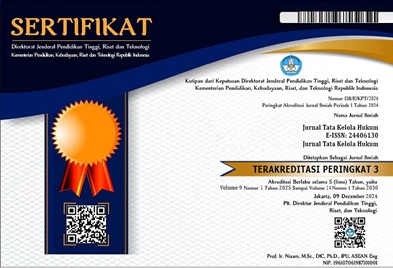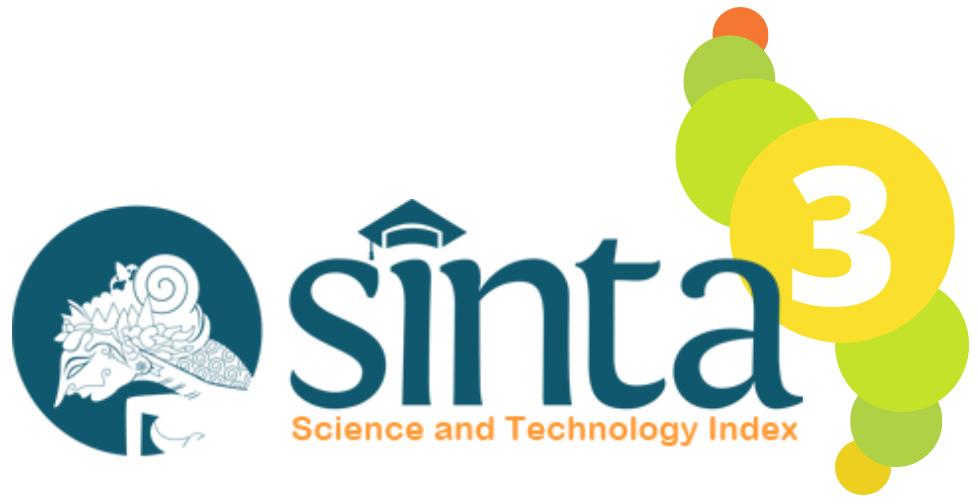WORKER PROTECTION IN CORPORATE BANKRUPTCY: A COMPARATIVE ANALYSIS OF INDONESIA AND MALAYSIA WITH A CASE STUDY OF PT SRITEX
Kata Kunci:
Corporate Bankruptcy, Worker Protection, PT SritexAbstrak
Corporate bankruptcy significantly impacts financial stability and labor welfare, particularly in the manufacturing and textile industries, where mass layoffs (PHK) are a common consequence. Although Law No. 37 of 2004 on Bankruptcy and PKPU and Law No. 13 of 2003 on Manpower grant workers priority in debt settlements, weak enforcement often results in their claims being subordinated to secured creditors. Revisions through Law No. 6 of 2023 further weaken worker protection, as they fail to establish a clear mechanism ensuring the fulfillment of workers' rights in bankruptcy proceedings. This study examines the bankruptcy case of PT Sri Rejeki Isman Tbk. (Sritex), as ruled in Supreme Court Decision No. 1345 K/Pdt.Sus-Pailit/2024, where thousands of employees faced uncertainty regarding severance pay and unpaid wages. Using a doctrinal legal approach, comparative legal analysis, and case study methodology, this research compares Indonesia’s bankruptcy framework with Malaysia’s Insolvency Act 1967, Companies Act 2016, and Employment Insurance System (EIS) Act 2017. Findings reveal that Malaysia provides stronger worker protection through explicit priority claims and a structured employment insurance system. This study recommends reforming Indonesia’s bankruptcy laws to clarify worker claim priority, establishing a national Employment Insurance System, and creating specialized labor courts to strengthen worker protection in bankruptcy cases.





